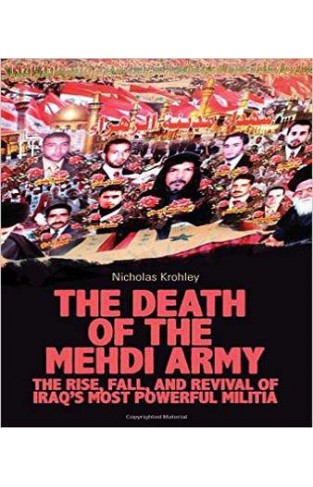The Death of the Mehdi Army: The Rise, Fall, and Revival of Iraq's Most Powerful Militia
The Death of the Mehdi Army: The Rise, Fall, and Revival of Iraq's Most Powerful Militia
By:
-
Rs 4,585.75
- Rs 5,395.00
- Ex Tax :Rs 4,585.75
- Price in loyalty points :5125
You saved Rs 809.25.
Due to constant currency fluctuation, prices are subject to change with or without notice.
The Mehdi Army militia was a towering force in Iraq during the early years of the post-Saddam era. As an aggressive opponent of foreign occupation and one of the principal antagonists in Iraq's brutal sectarian civil war, the militia was central to the violence that ravaged the country and a pivotal political actor. Growing rapidly in size and strength, and controlling entire districts of Baghdad and broad swathes of southern and central Iraq, the Mehdi Army seemed poised to become a Hezbollah-like 'state within a state' that would remain enormously powerful for years to come. Drawing from extensive field experience in one of Baghdad's most volatile militia-held districts, Krohley exposes how, and why, the militia suddenly and unexpectedly collapsed in the midst of the Americans' 'Surge' of forces during 2008. Building from an examination of the Mehdi Army's social and ideological roots, he presents a neighbourhood-by-neighbourhood study of the militia's changing fortunes that offers unparalleled local detail and specificity. Krohley shows how the Mehdi Army's demise was ultimately a self-inflicted 'death' as opposed to a triumph of its foes. In so doing, he not only challenges prevailing orthodoxies of counterinsurgency doc- trine and the mythology of the Surge, but also offers penetrating insights into the battered state of Iraqi society after decades of dictatorship, privation and war.












